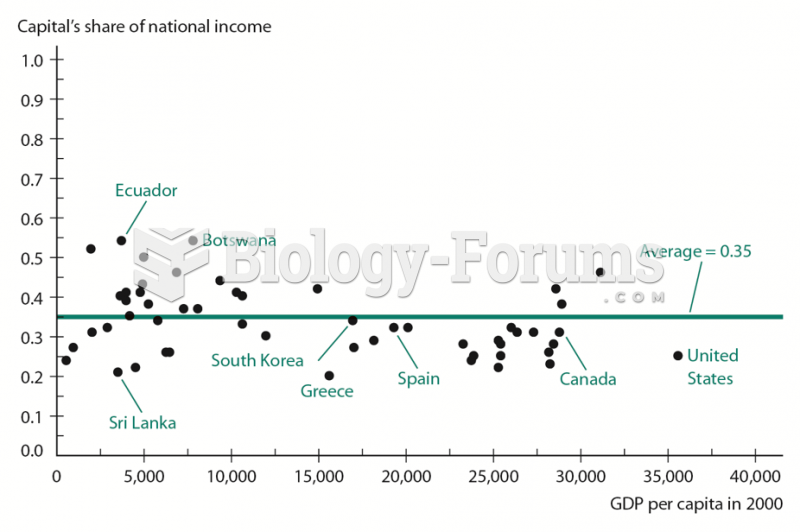Answer to Question 1
When two projects are judged acceptable by the discounted cash flow criteria, it may be necessary to select only one of
them because they are mutually exclusive. Mutually exclusive projects are projects that, if undertaken, would serve the
same purpose.
When dealing with mutually exclusive projects, there are three general types of ranking problems:
The size-disparity problem occurs when mutually exclusive projects of unequal size are examined. The project with
the largest NPV should be selected, provided there is no capital rationing. When capital rationing exists, the firm
should select the set of projects with the largest NPV.
The time-disparity problem and the conflicting rankings that accompany it result from the differing reinvestment
assumptions made by the net present value and internal rate of return decision criteria. The NPV criterion assumes that
cash flows over the life of the project can be reinvested at the required rate of return or cost of capital, whereas the IRR
criterion implicitly assumes that the cash flows over the life of the project can be reinvested at the IRR. One possible
solution to this problem is to use the MIRR method that allows you to explicitly state the rate at which cash flows over
the life of the project will be reinvested.
The final ranking problem arises when comparing mutually exclusive projects with different life spans. The two
most common ways of comparing these mutually exclusive projects are by creating a replacement chain to equalize
the life spans of projects or by calculating the equivalent annual annuity (EAA) of the projects. Using a replacement
chain, calls for the creation of a chain cycle for project A; that is, we assume that project A can be replaced with a
similar investment. One problem with replacement chains is that, depending on the life of each project, it can be quite
difficult to come up with equivalent lives. Calculating the equivalent annual annuity we determine the project's
equivalent annual annuity (EAA). A project's EAA is simply an annuity cash flow that yields the same present value as
the project's NPV. To calculate an EAA, we need only calculate a project's NPV and then determine what annual
annuity (PMT on your financial calculator) it is equal to. This can be done in two steps as follows: STEP 1 Calculate the
project's NPV. STEP 2 Calculate the EAA.
Answer to Question 2
Answer: A
Explanation: A)
PV = PMT all divided by (1 + r)1 = 500 /(1.04)1 = 3,899.47
MODE = END
INPUT 10 2 ? -500 0
KEY N I/Y PV PMT FV
CPT 3,899.47







